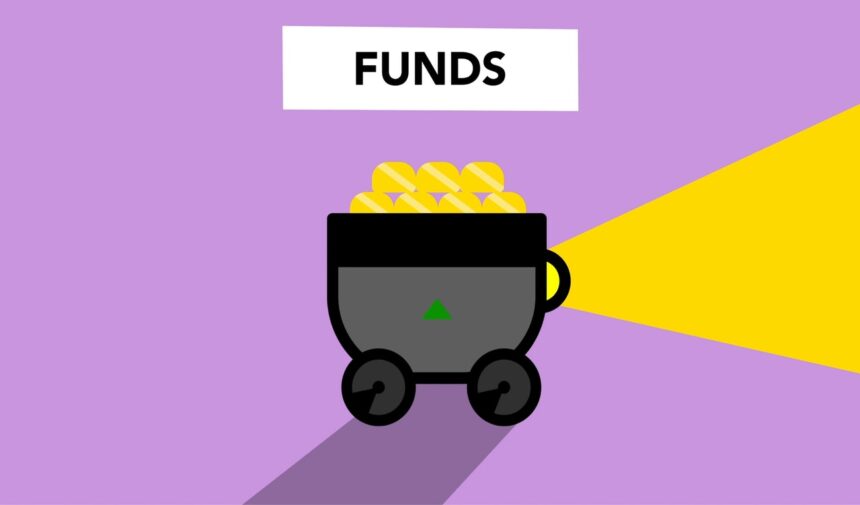This article will give tips on starting an emergency fund in 2024.
No one knows when an emergency will strike. It might be a car accident, a natural disaster, or a job loss.
But whatever the cause, emergencies always seem to happen at the worst possible time. That’s why it’s crucial to have an emergency fund—money you can access quickly and easily in case of an unexpected crisis.
Saving money can be difficult, but it’s essential to have a cushion in tough times. An emergency fund is a great way to do this, and we’re here to help you get started.
What is an Emergency Fund?
An emergency fund is an integral part of financial planning. It is a savings account for unexpected expenses, such as job loss, medical bills, or car repairs. An emergency fund can help reduce financial stress and provide peace of mind knowing that you have a cushion to fall back on if unexpected expenses arise.
While there is no magic number for how much should be saved in an emergency fund, most experts recommend setting aside enough to cover three to six months of living expenses.
Building up an emergency fund can take time, but it is worth knowing that you are prepared for whatever life throws your way.
Building an emergency fund can seem daunting, but it doesn’t have to be.
Here are a few emergency fund tips to get you started:
How to Start an Emergency Fund
The following is a step-by-step guide on how to start an emergency fund:
1. Determine how much you need to save.
Start by determining how much you need to save for your emergency fund. A good rule of thumb is to keep three to six months’ worth of living expenses. This will help ensure you can cover your basic needs if you experience a financial setback.
You can also make a budget to help you better understand your monthly expenses. This will give you a better idea of how much you need to save each month to reach your goal.
2. Set monthly saving goals
The next step is to determine your emergency fund goal. This will help you know how much you need to save each month to reach your goal.
Setting a monthly goal will help you stay on track and motivated to reach your goal.
3. Automate your savings
One of the best ways to save for an emergency fund is to automate your savings. This means setting up a recurring monthly recurring transfer from your checking account to your savings account.
This will help ensure that you save regularly and that your emergency fund grows. Another advantage of automating your savings is that you are less likely to be tempted to spend money on other things.
This can also help track your progress and see how much you have saved.
4. Gradually increase your savings
Once you have automated your savings, you can gradually increase your monthly contribution. This will help you grow your emergency fund even faster.
You may also consider setting aside additional money in your emergency fund for specific purposes, such as car repair or medical expenses.
5. Save your tax refund
Spending it on things you want can be tempting when you get a tax refund. However, this is an excellent opportunity to boost your emergency fund.
Consider putting at least part of your tax refund into your savings account to have even more money to cover unexpected expenses.
6. Keep saving after reaching your goal
Many people mistake stopping their emergency fund contributions once they reach their goal. However, it is important to continue saving if you experience a financial setback or unexpected expenses arise.
One way to do this is to set up a separate savings account for your emergency fund, so you are not tempted to spend the money on other things.
You can also continue automating your savings to regularly contribute to your emergency fund.
7. Review and adjust your plan as needed
As your life changes, so should your emergency fund. Be sure to review your plan periodically and make adjustments as needed.
For example, if you experience a significant life change, such as a job loss or a medical emergency, you may need to increase your savings so that you have enough to cover your expenses.
On the other hand, if you experience a significant increase in income, you may be able to save more each month or reduce the amount of money you keep in your emergency fund.
No matter what life throws your way, an emergency fund can help weather the storm. By following these tips, you can be on your way to starting your emergency fund.













